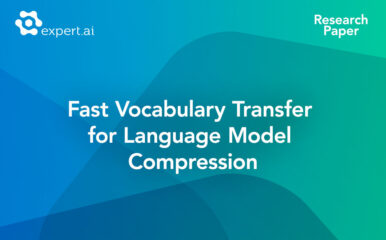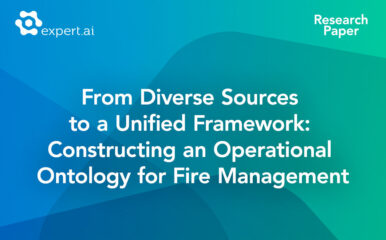Most Machine Learning research evaluates the best solutions in terms of performance. However, in the race for the best performing model, many important aspects are often overlooked when, on the contrary, they should be carefully considered. In fact, sometimes the gaps in performance between different approaches are negligible, whereas factors such as production costs, energy consumption, and carbon footprint must take into consideration. Large Language Models (LLMs) are extensively adopted to address NLP problems in academia and industry. In this work, we present a detailed quantitative comparison of LLM and traditional approaches (e.g. SVM) on the LexGLUE benchmark, which takes into account both performance (standard indices) and alternative metrics such as timing, power consumption and cost, in a word: the carbon-footprint. In our analysis, we considered the prototyping phase (model selection by training-validation-test iterations) and in-production phases separately, since they follow different implementation procedures and also require different resources. The results indicate that very often, the simplest algorithms achieve performance very close to that of large LLMs but with very low power consumption and lower resource demands. The results obtained could suggest companies to include additional evaluations in the choice of Machine Learning (ML) solutions.
Related Reading

An Energy-Based Comparative Analysis of Common Approaches to Text Classification in the Legal Domain
In this work, we present a detailed quantitative comparison of LLM and traditional approaches (e.g. SVM) on the LexGLUE benchmark, which takes into account both performance (standard indices) and alternative metrics such as timing, power consumption and cost, in a word: the carbon-footprint.

Fast Vocabulary Transfer for Language Model Compression
Real-world business applications require a trade-off between language model performance and size. We propose a new method for model compression that relies on vocabulary transfer.

From Diverse Sources to a Unified Framework: Constructing an Operational Ontology for Fire Management
This article outlines the process and efforts undertaken to develop such an ontology, aiming to fill this gap.

